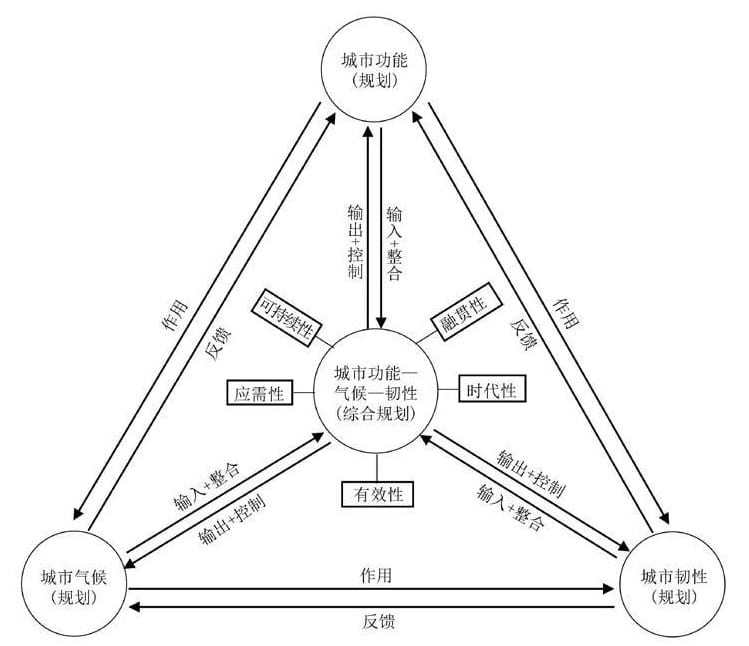We often sense cities as a place for jobs, lives, and dreams to come true, emphasizing the functions of cities as an urban space to help us develop a new life. When it comes to urbanism, it features to navigate the relationship between dwellers and housing in a broader sense. As people pile in cities, it becomes more important to talk about managing public space as many of us afford little private space due to high housing/renting price. As far as I am concerned, public space serves as the most crowded, occupied, and interactive space in urban areas, which features urban from the wilder, our countryside home, and resorts. Public space, such as streets, malls, and cafés, functions as a place for citizens to interact with each other and citizens to communicate with the city. Personally speaking, the concept of “smart city” still focuses on the technical solutions we expect from the city. For example, the city creates 24/7 convenience stores when we seek a resting/eating spot at late night; it creates gardens and parks if we need to walk dogs or ourselves; it creates a complicated road system in case we would like to extend our daily reach to further places.

SHEN, Qingji. “Research on Resilient Thinking and Urban Ecological Planning.” Shanghai Urban Planning Review 1, no. 3 (January 1, 2018): 1–7.
However, urbanism is no longer about how to turn the non-urban urban or plant hyperbuildings on the wilder. The New Urban Agenda, adopted at the United Nations Conference on Housing and Sustainable Urban Development (Habitat III), encourages “spatial development strategies that take into account, as appropriate, the need to guide urban extension, prioritizing urban renewal by planning for the provision of accessible and well-connected infrastructure and services, sustainable population densities and compact design and integration of new neighbourhoods into the urban fabric, preventing urban sprawl and marginalization.” The renewal of the current city requires to rethink the role of the city. It limits the city’s capacity when assigned as a helping hand, especially under the context of a better-connected infrastructure that is already applied in public space. The City Wears Us. Notes on the Scope of Distributed Sensing and Sensation provides a way to think about the city as capable of sentiment. It is based on a new framing of urban infrastructure that provides us with a platform and urges us to renew how we sense the city, which is quite transcendental. The city’s surface, including but not limited to the complicated road system with sensors everywhere, resembles the skin, the largest organ of the human body to sense the outside world. In other words, the city itself could and should be regarded as an ecology to respond to human needs more than a machine to produce outputs based on inputs (or orders) simply. Often, people would question the city’s ability to understand humans. As the critic on the Good Old-Fashioned AI, it leads to rationality when we err and skills of sound judgments when we feel. The human thinking process is not a precise process of input-output.
Nevertheless, with deep learning and artificial neural networks, current AI has the potential to assist the city in dwelling in itself. With the new framework of urbanism AI, it is as well a chance that we should view the city as a being to respond according to how it senses and understands human interactions in the realm of the city. In a nutshell, the city dwells in itself to learn and understand us citizens, and subsequently reform itself to be ecology.
Learn more about the commentary of Tongji University on the city as ecology, “Cities Have Their Own Rights As Human Do.”
Leave a Reply